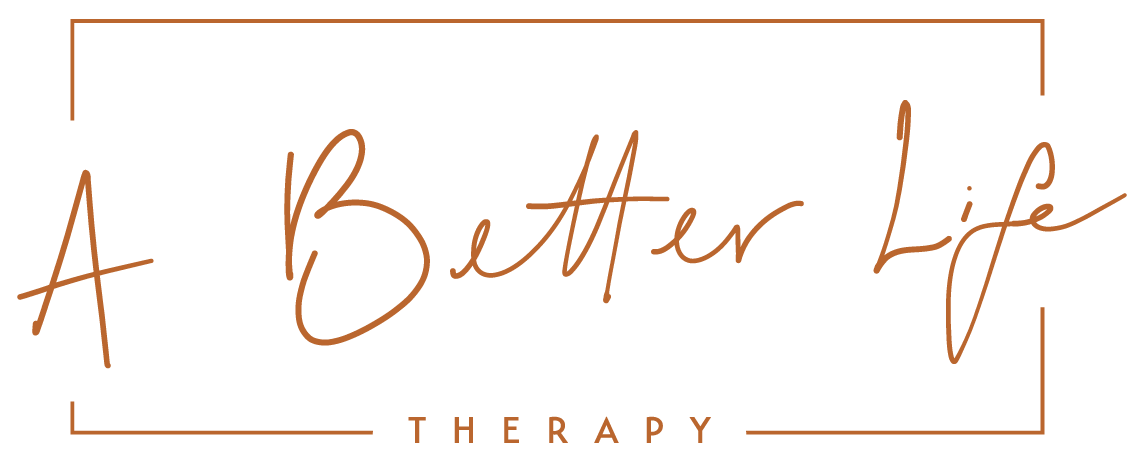How Attachment Style Impacts Your Relationships
Relationships are integral to life. Beginning in the womb, our lifeline is the umbilical cord attached to our mother. Once born, we scan for caregivers, crying for them and latching to them. As we grow we look for other people to accept and attach to us - friends, teachers, and strangers. Then, when we are old enough to yearn for romance we woo, love, struggle with, leave, and connect with partners.
Relationships are especially integral to my life because I support people with them everyday. My clients are couples and individuals that are struggling with relationships - how to have them, keep them, and, often, grieve them. And while each client is unique, the way in which they manage relationships is fairly predictable. Studies show that we develop our skills (or lack thereof) for attaching within our first year of life. In their research, Dr. Phillip Shaver and Dr. Cindy Hazan found there to be four adult attachments styles: secure, anxious-preoccupied, fearful-avoidant, and dismissive-avoidant.
Secure Attachment
Children that are raised by consistent and warm caregivers often develop a secure attachment style. Shaver and Hazan have found that about 60% of children develop this style of attachment. They are able to separate from their parents but are happy to see them upon their return. They prefer their parents to strangers and go to them when they are afraid or sad.
When in an adult relationship, secure individuals are more likely to share their feelings and needs. This openness to sharing creates an environment of vulnerability in which deep understanding and love can grow. These individuals are also more likely to demonstrate high levels of self esteem increasing the likelihood they will leave an unhealthy relationship.
The following three attachment styles are insecure attachment styles. As children, these individuals experienced inconsistent caregiving and learned to cope with the inconsistency by developing defensive behavior and emotional patterns. While these patterns were highly adaptive for the child (protecting the child from emotional injury) they become highly maladaptive in adult relationships.
Fearful Avoidant
Fearful-Avoidant children live in an emotional Catch-22, believing that they need to get close in order to have emotional needs met yet knowing from experience that closeness causes them emotional pain. As children they are distressed when their parents leave and are very suspicious of strangers. However, upon their parents return they are difficult to soothe and often reject the parent. When outsiders (a teacher, for example) formulate a relationship with the child, the child is likely to become clingy and territorial.
As adults they maintain the reluctance to be close to others. They believe that their partner does not love them but desperately want their partner to soothe their anxieties. Caught in this uncertain state they demonstrate frequent mood swings. They experience “rollercoaster” relationships which are difficult to maintain. When the relationship ends, the fearful avoidant adult will feel incredible distress, often responding aggressively.
Anxious Preoccupied
As adults these individuals do exactly as the title suggests - they become anxious and preoccupied with their relationships. They read deeply into every interaction. When they find themselves feeling anxious, sad, or confused they look to their partner to provide reassurance and to “take the uncomfortable feelings away”. This need for constant attention causes the other partner to feel burdened and pull away. Unfortunately, due to a lack of a healthy pattern to emulate from their own childhood, these adults often choose partners like their caregivers: cold, isolating, and unable or unwilling to offer reassurance and security. In short, they choose someone with their opposite attachment style: dismissive avoidant.
These partners live in an endless loop of a self fulfilling prophecy. The mistrust due to fears pushes the partner away and the anxious preoccupied partner says “I knew it! I can’t trust people to stay around. I was right the whole time!”
Dismissive Avoidant
As children, when they reached out to their caregiver (emotionally or literally) they were often ignored. In order to avoid feelings of rejection, embarrassment, and abandonment they develop a protective shell. They avoid their parents and show no preference for them over complete strangers. Due to a false sense of independence they become their own “caregiver”. However, human beings are wired for connection and therefore this way of living leaves the person feeling alone without the ability to share these feelings with others.
Acutely aware of the difficulty they have with expression, they often seek partners that are open, vulnerable, and emotional. However, they are unequipped to reciprocate the openness. They lack the skills to express their feelings, needs, and thoughts to their partner. This inability is anxiety provoking and they will go back into their shell by resuming “independence” (long working hours, affairs, spending time at the bar). The withdraw from the relationship results in the open and vulnerable partner feeling disappointed and critical. As a protection mechanism, the dismissive partner will distance him or herself from the romantic relationship and will invest very little into it. Ultimately, the adult returns to childhood loneliness.
The Opportunity for Change
If you are among the 40 percent of individuals that struggles with an insecure attachment style do not lose hope. Your attachment style is not set in stone. Positive experiences in relationships, awareness, and skill development can create security within relationships.
Elizabeth Earnshaw, LMFT is a Philadelphia relationship therapist. Elizabeth supports individuals and couples in developing better relationship styles. To read more about Elizabeth click here.


